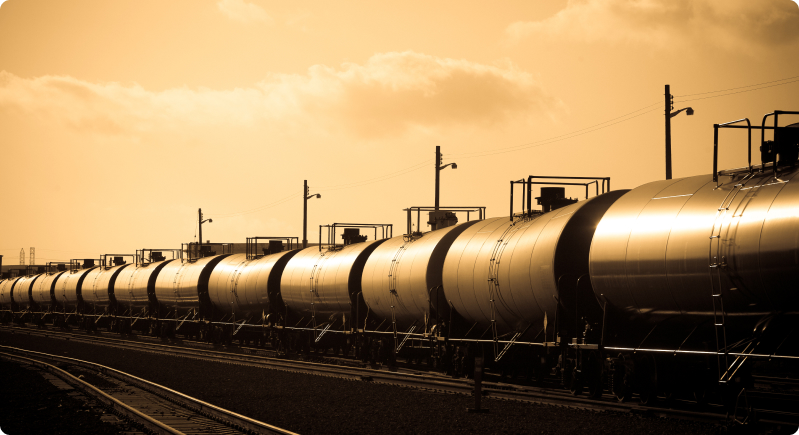
The Asks
- The Surface Transportation Board (STB) should finalize its competitive rail switching proposal, which would make it easier for shippers to keep their goods moving and make changes when the rail lines they’re relying on fail to meet certain performance standards.
- Congress should approve the Reliable Rail Service Act.
- Support policies and practices that ensure the safe, reliable operation of America’s overground shipping infrastructure including a competitive rail market for bioethanol and bioethanol coproducts.
- Ensure safe deployment of capture technology and carbon pipeline infrastructure to make it easier for biorefiners that are capturing carbon to put their CO2 to good use in other bioproducts
How Are Most Biofuels Transported Around the U.S.?
To deliver low-cost, low-carbon fuel to American drivers, our industry is dependent on timely and efficient rail service, with nearly 70 percent of our production moved by rail. The ethanol industry ships between 300 and 400 thousand carloads per year. The safe and uninterrupted operation of this rail system is critical to ensuring biorefiners can continue to participate in national commerce and to connect their supply of emissions-reducing products to where the demand is greatest.
What Are Carbon Pipelines and How Do They Affect the Bioeconomy?
Carbon pipelines are used to sequester biogenic carbon dioxide (CO2) deep underground or to transport it from a biofuels processing facility to another facility where it can eventually be used in a number of different products (e.g., carbonated beverages, dry ice to keep food and medicines safe, etc.). Increasing access to carbon pipelines makes it easier for biofuel producers to invest in carbon capture technology, because they’ll know they can eventually move it and sell it after they’ve successfully prevented it from entering the atmosphere. Not every biorefiner is situated on land that possesses the proper geological properties to allow for CO2 storage and sequestration, nor are they all located close to rail facilities equipped to handle transportation of CO2; pipelines are among the safest ways to move CO2, and the most reliable way to ensure these molecules don’t contribute to greenhouse gas emissions (GHGs).
What Impact Would Growth Energy’s Policy Priorities Have on Consumers, the Economy, or the Environment?
- Reliable rail transport ensures that biorefiners and other companies operating within the bioeconomy can continue to invest in and grow their operations to hire more workers and benefit the rural economy.
- Carbon pipelines are an important part of any effort to expand carbon capture, utilization, and storage (CCUS) among biofuels producers and biorefineries; their construction ultimately leads to less CO2 entering the atmosphere.